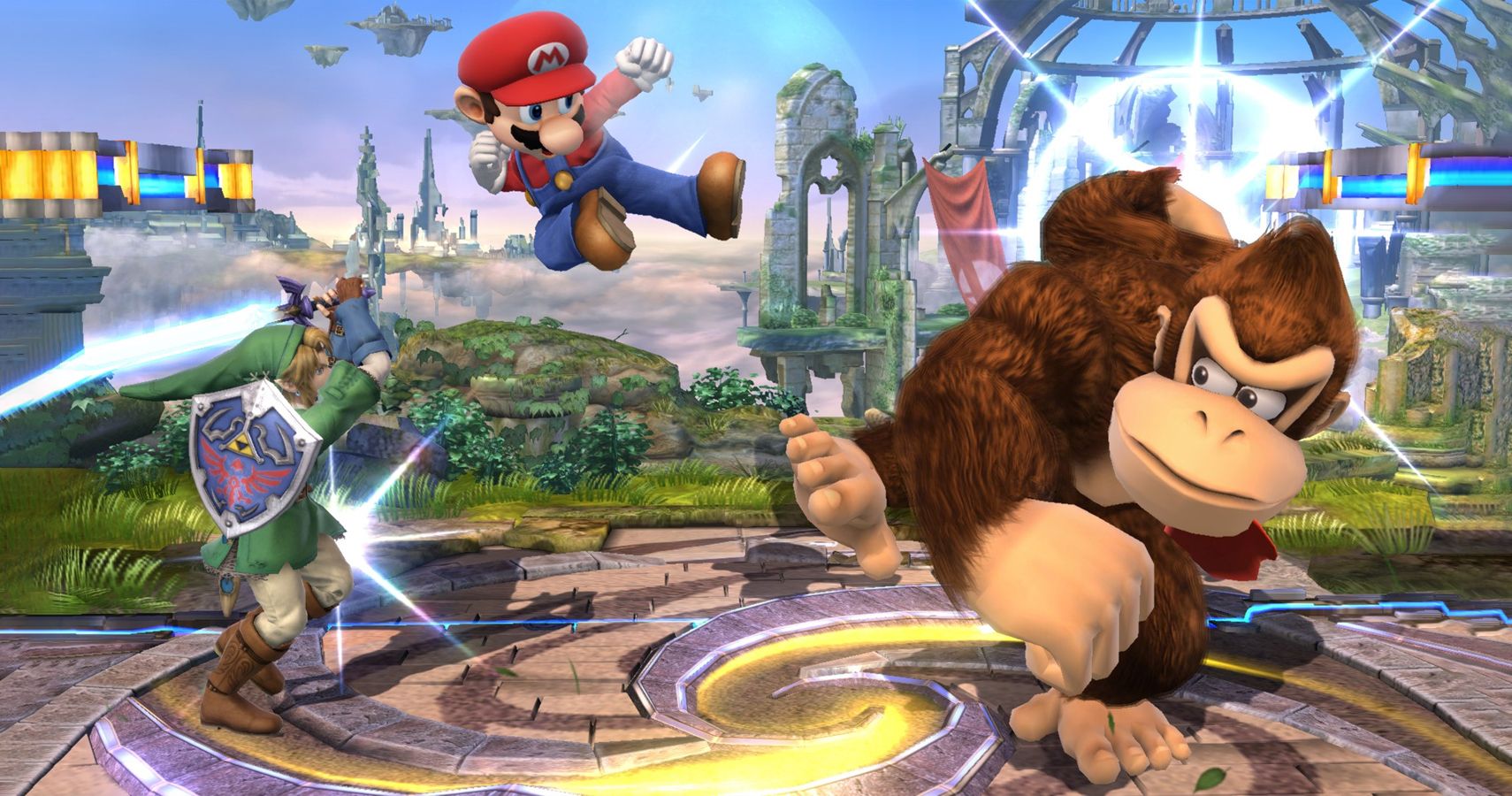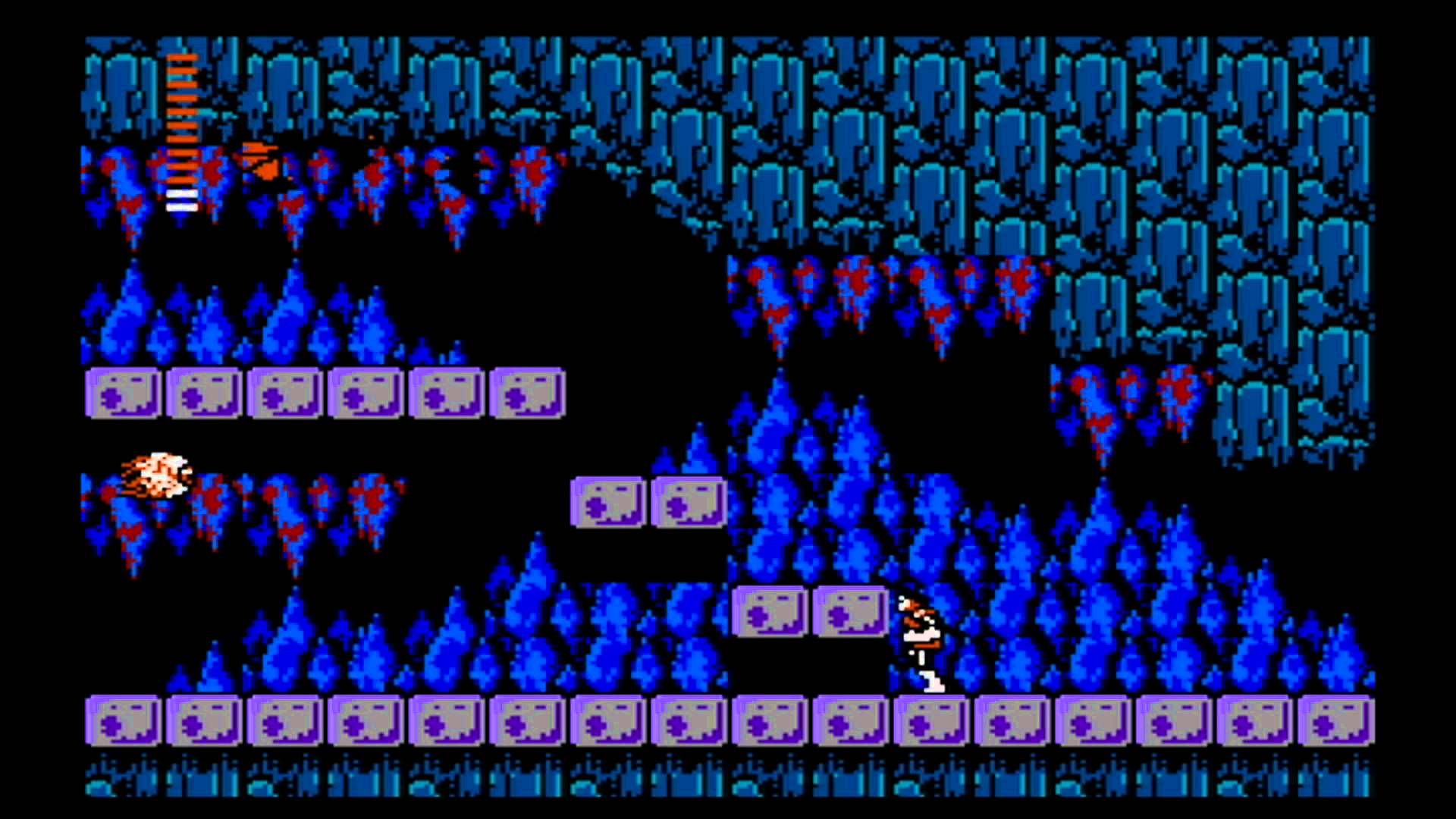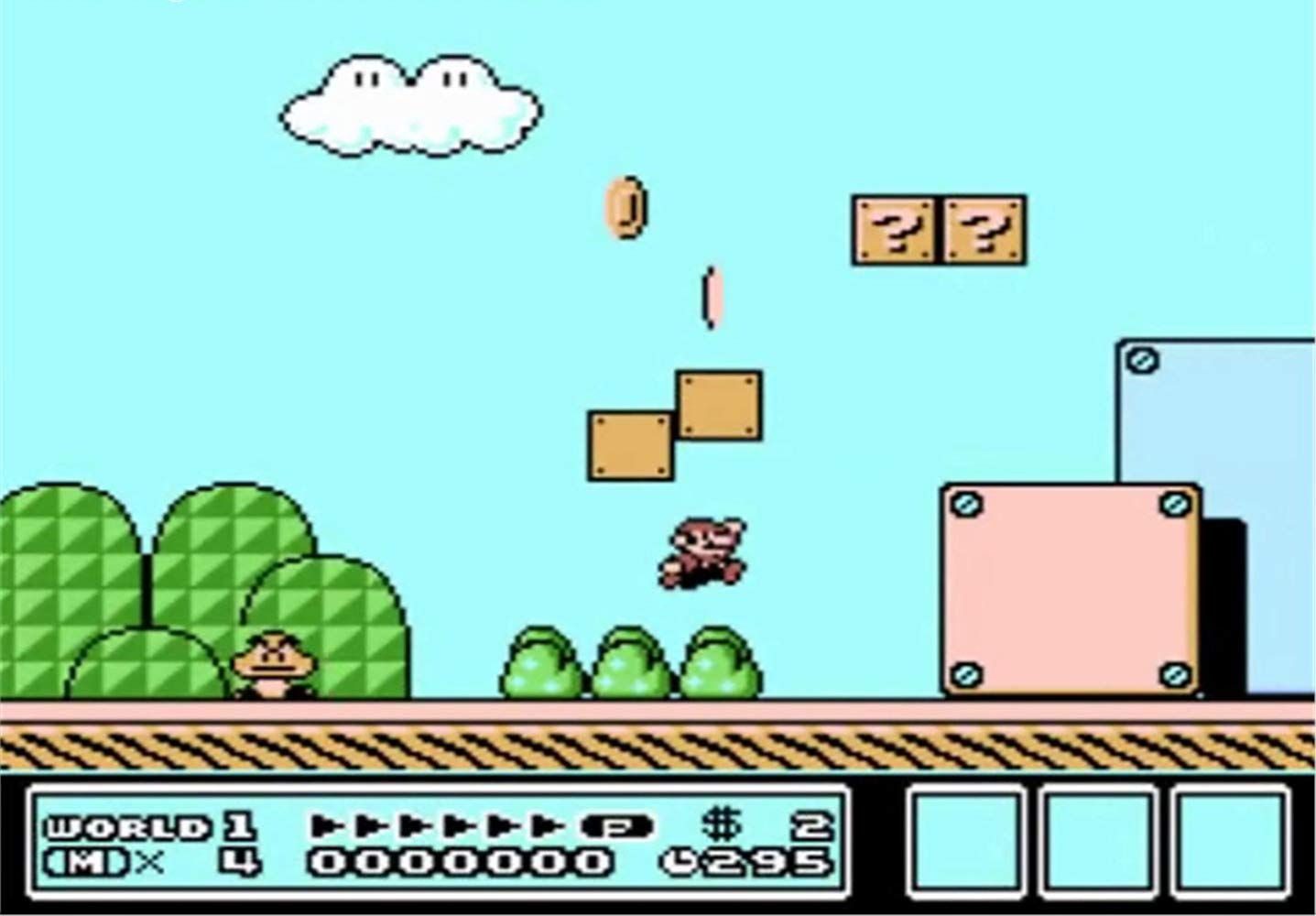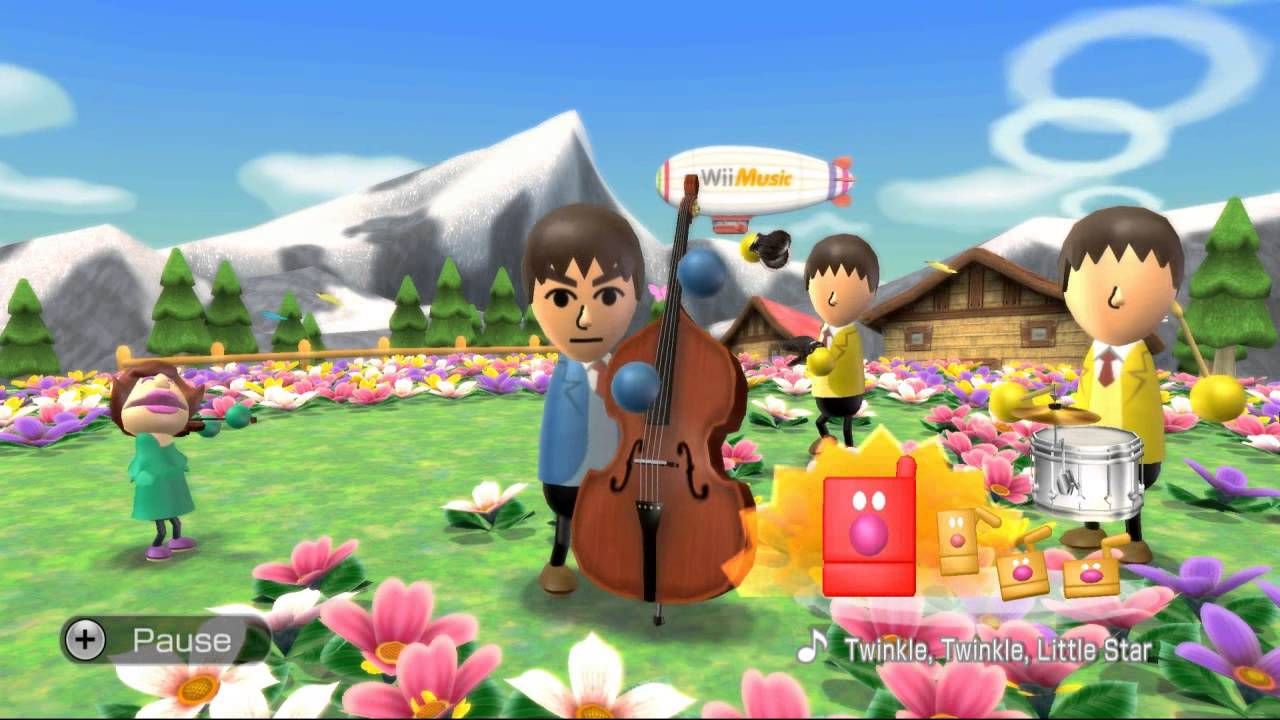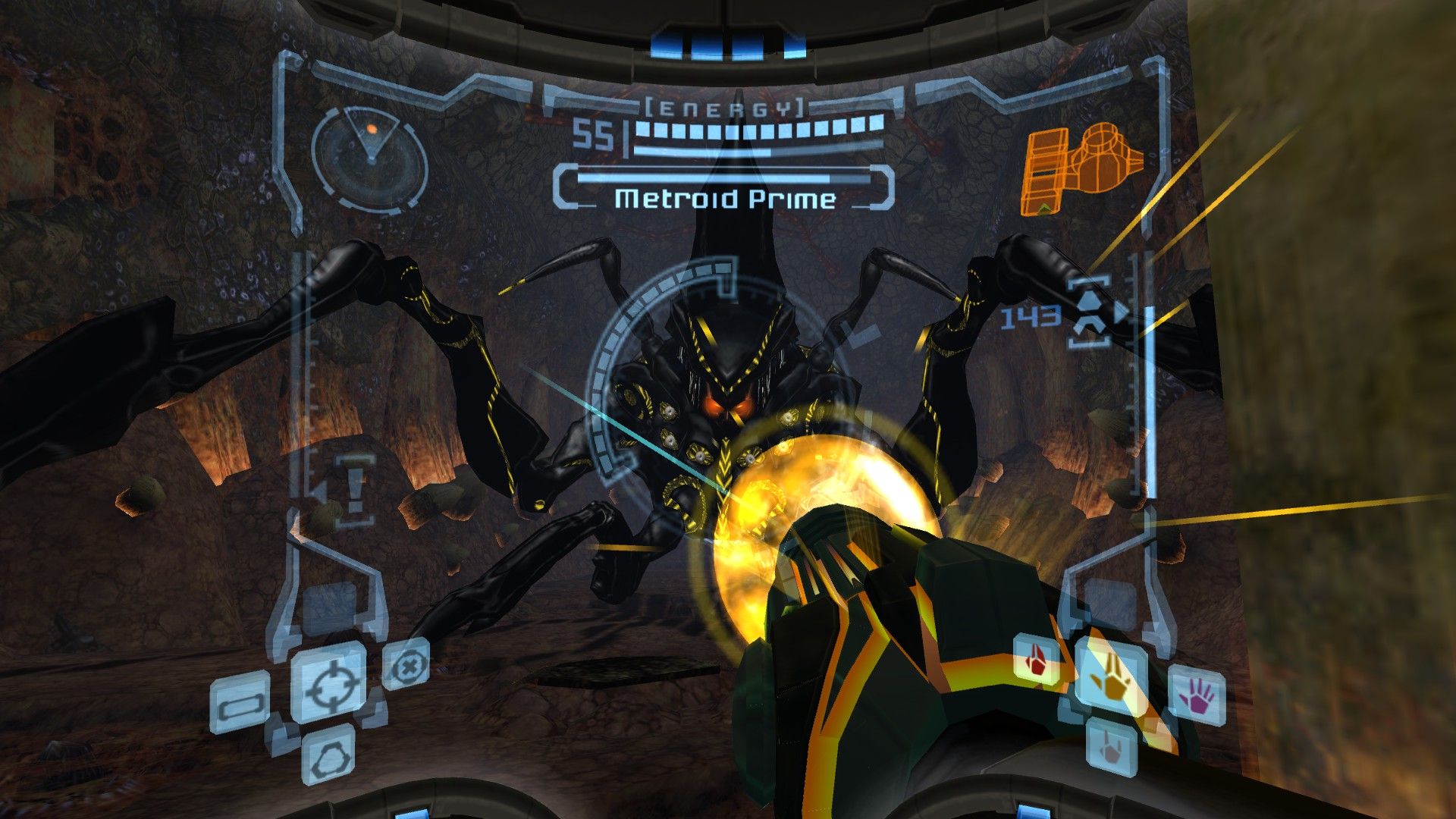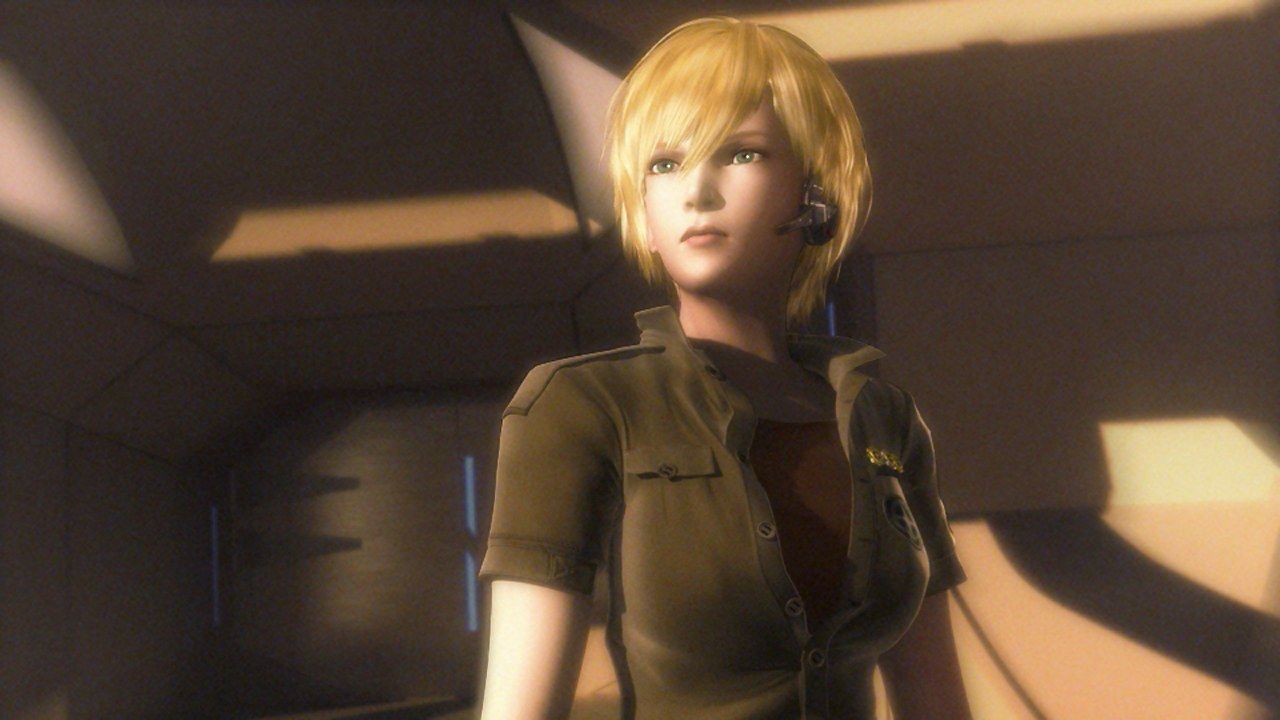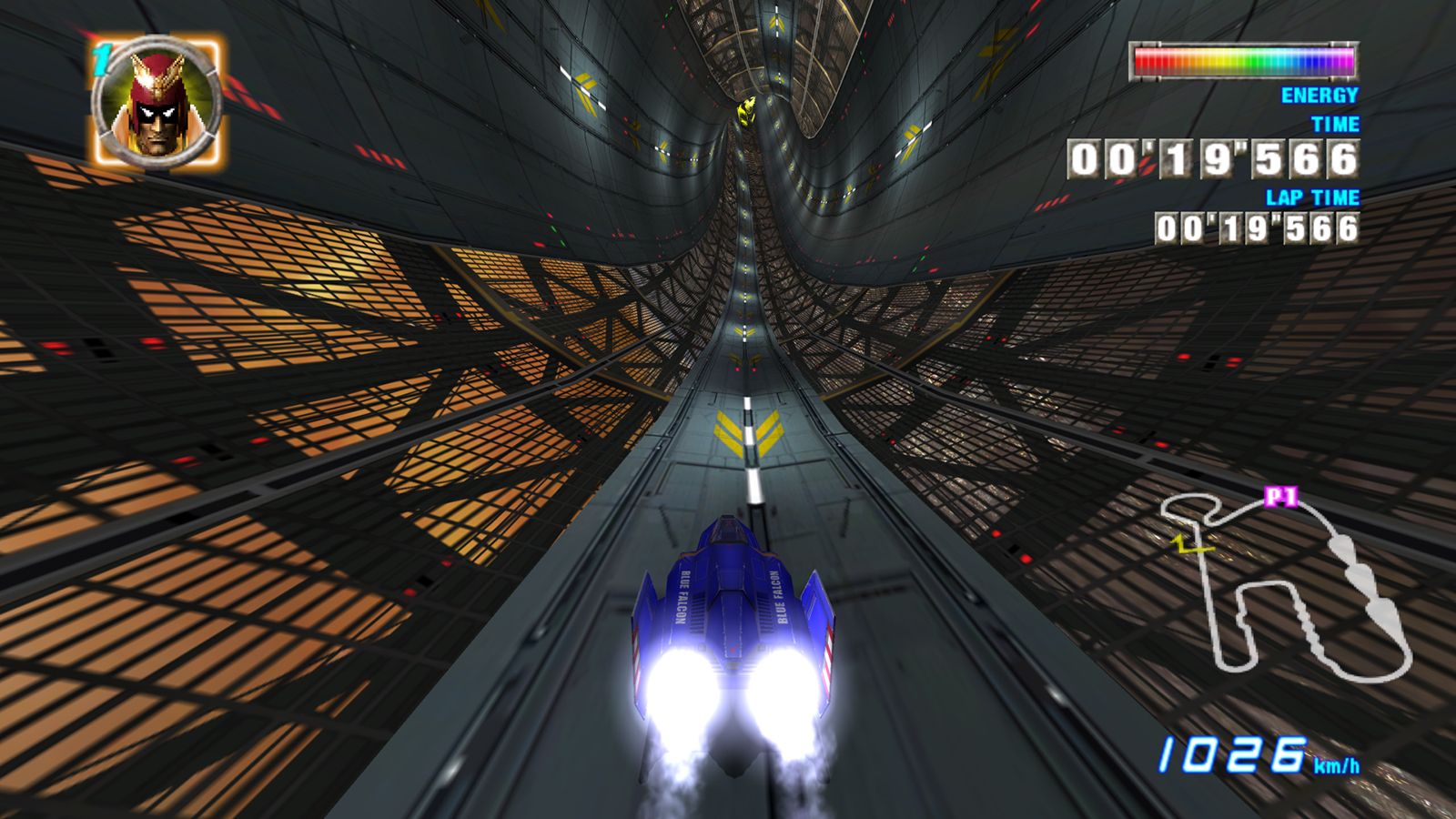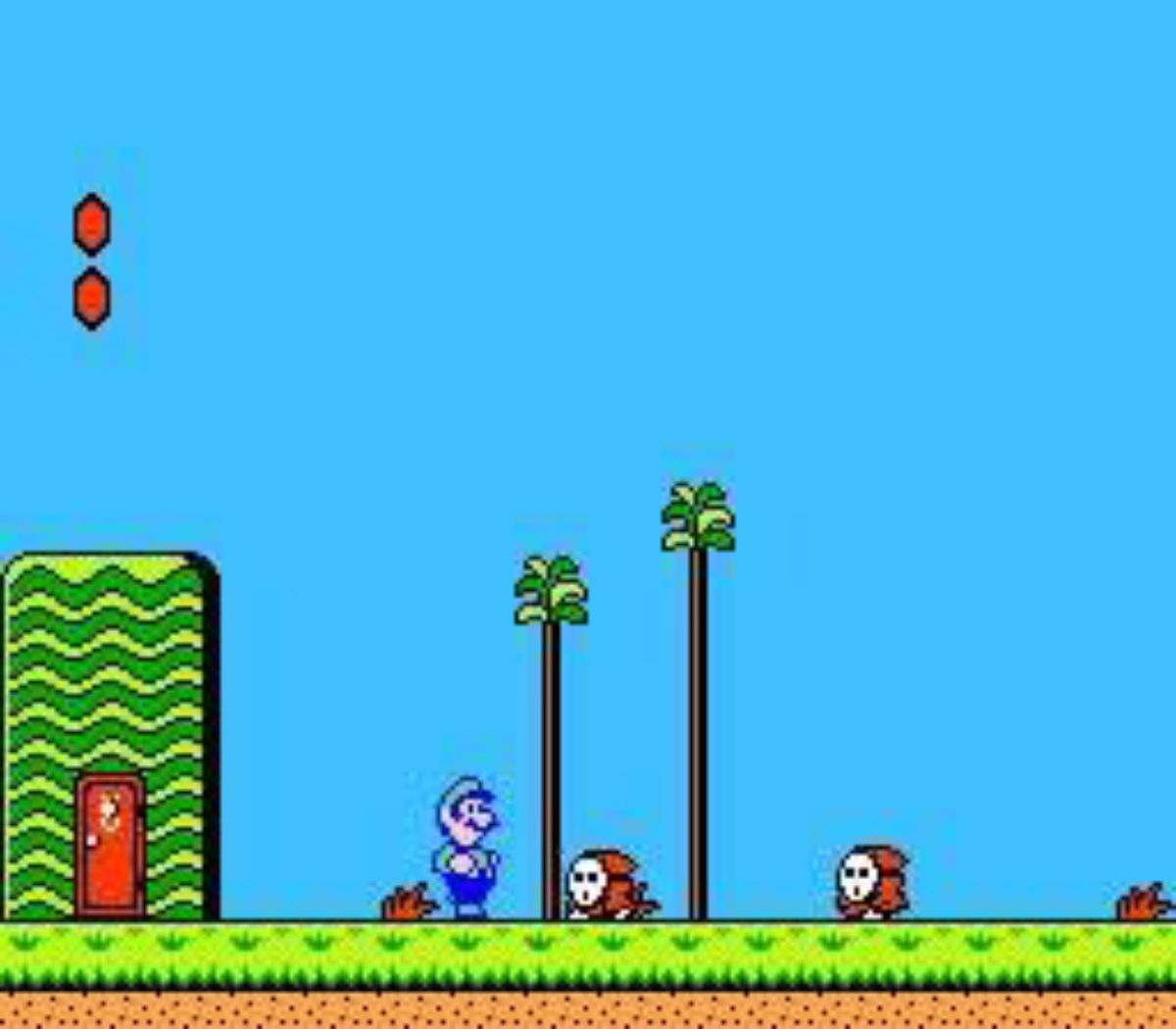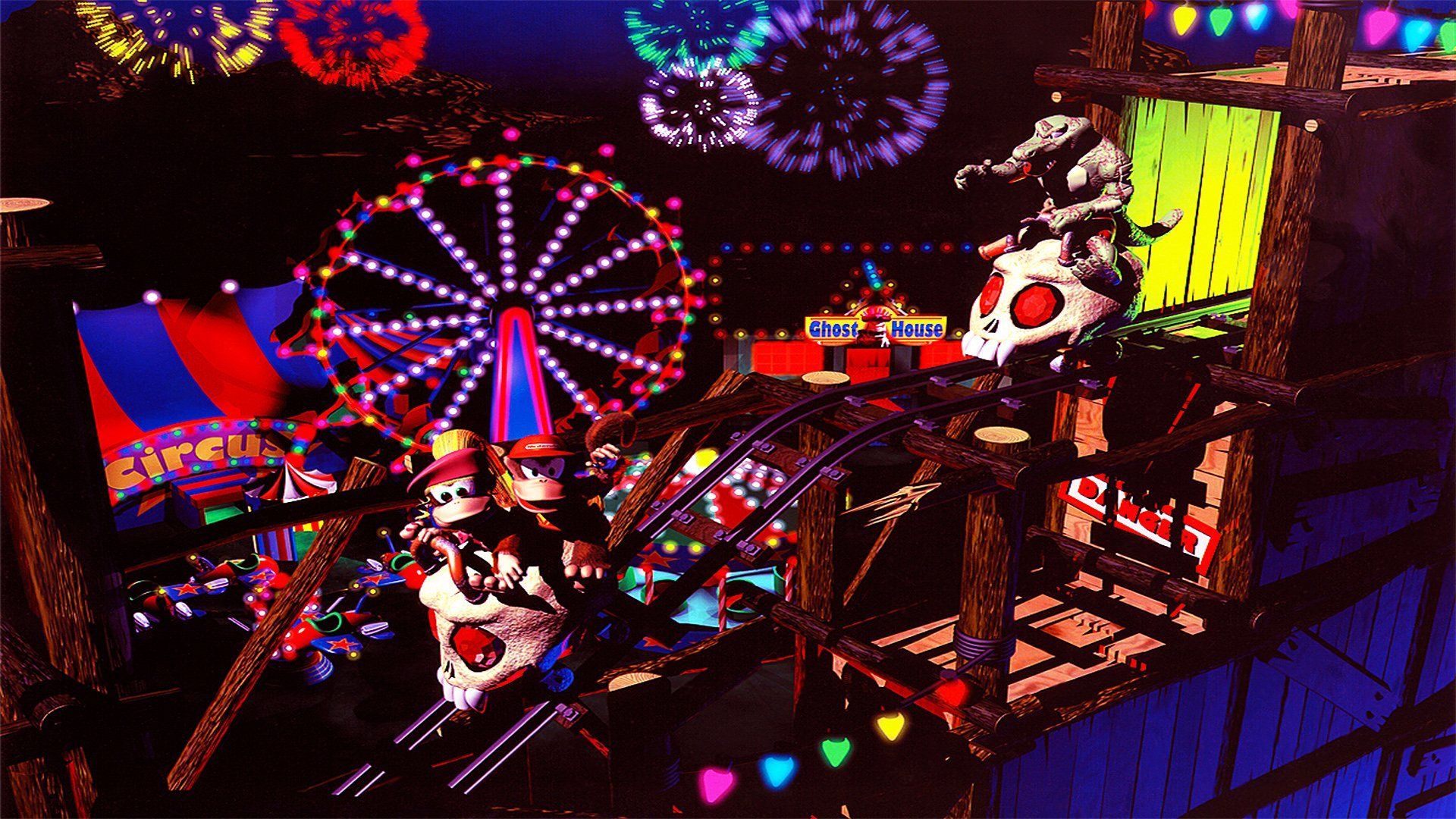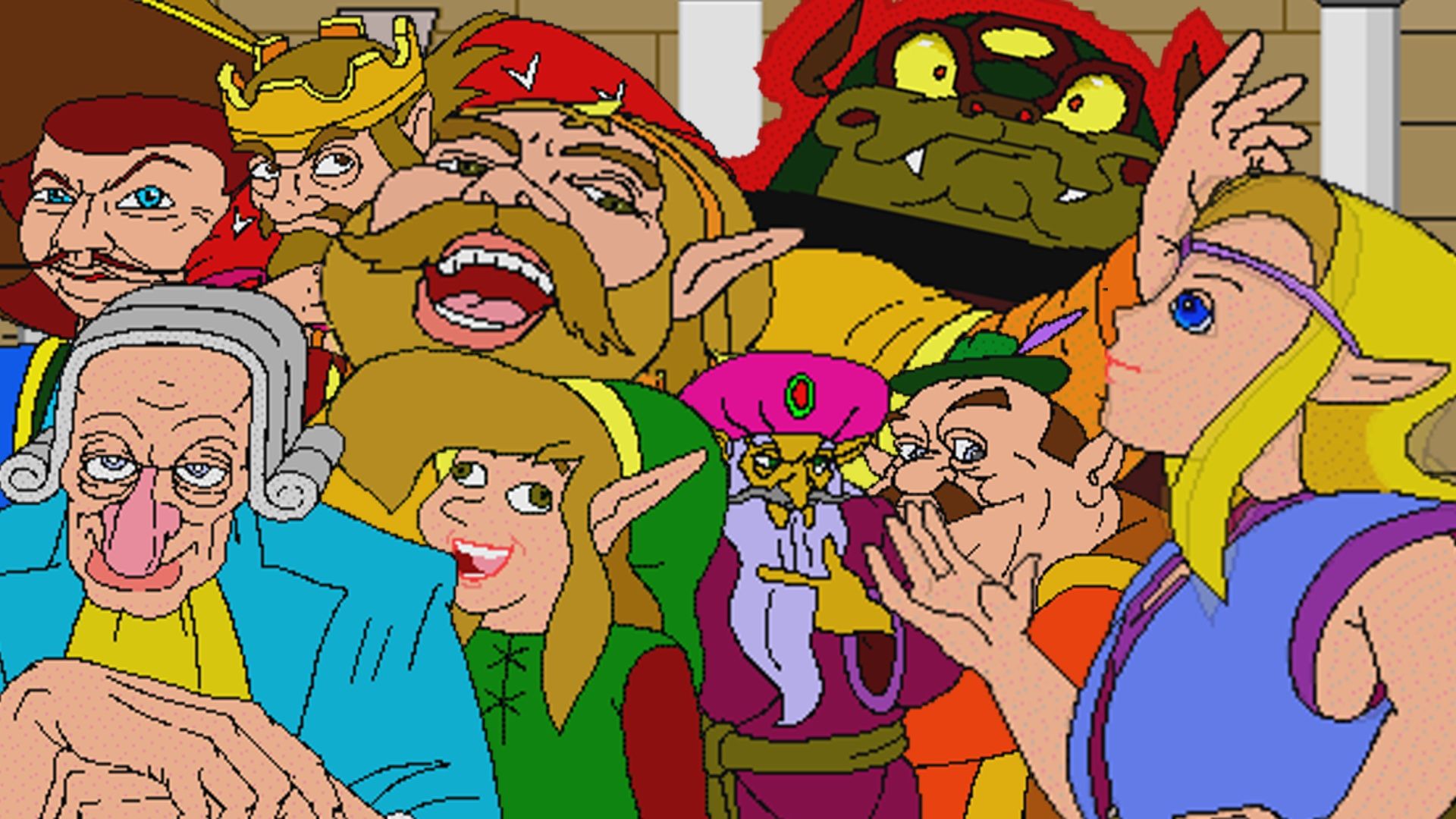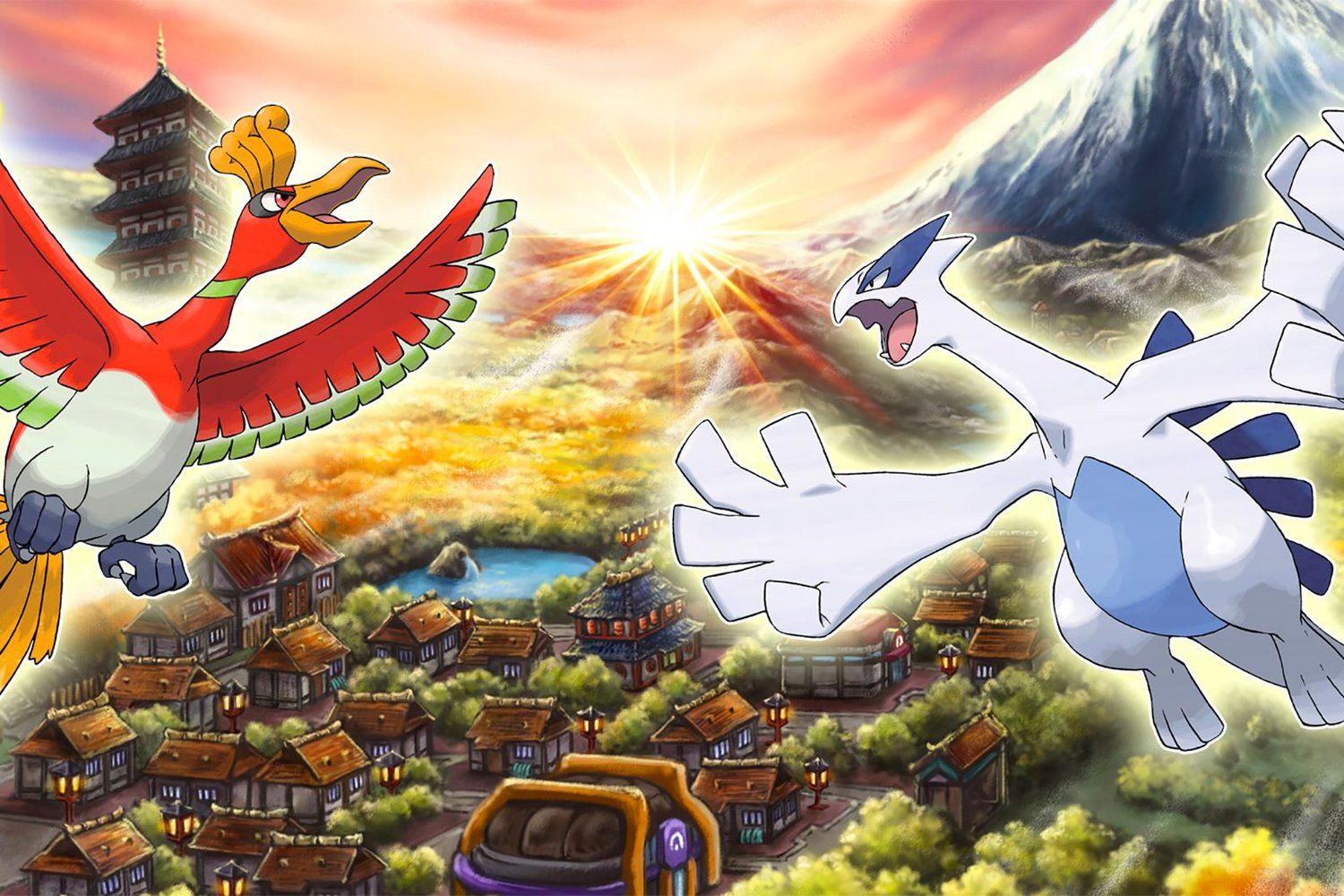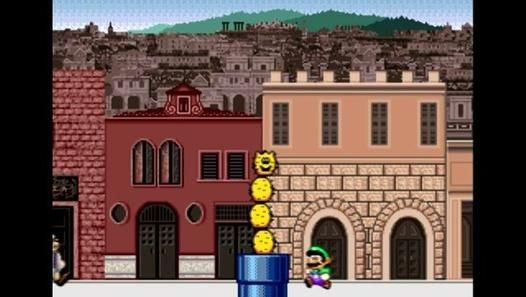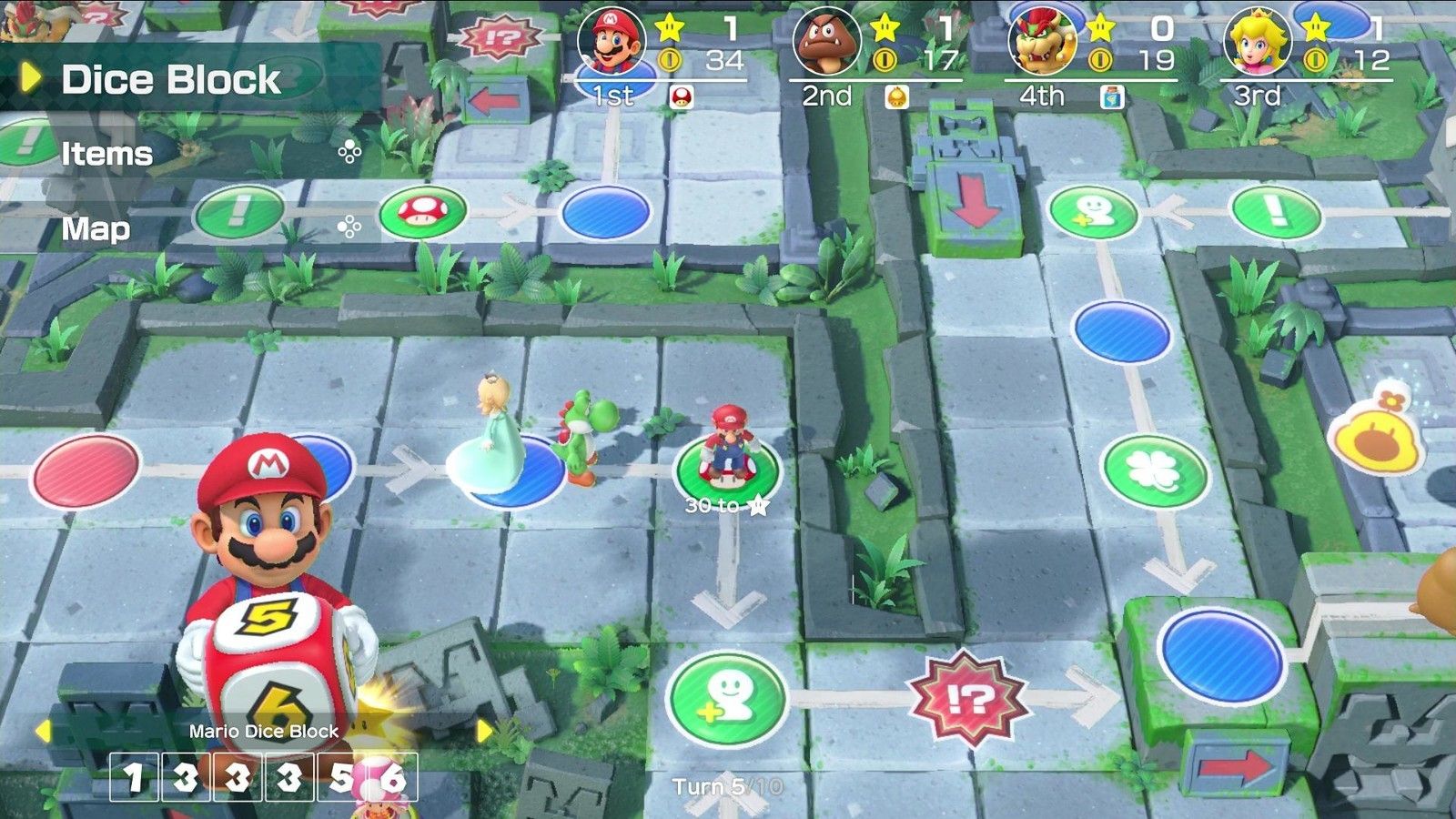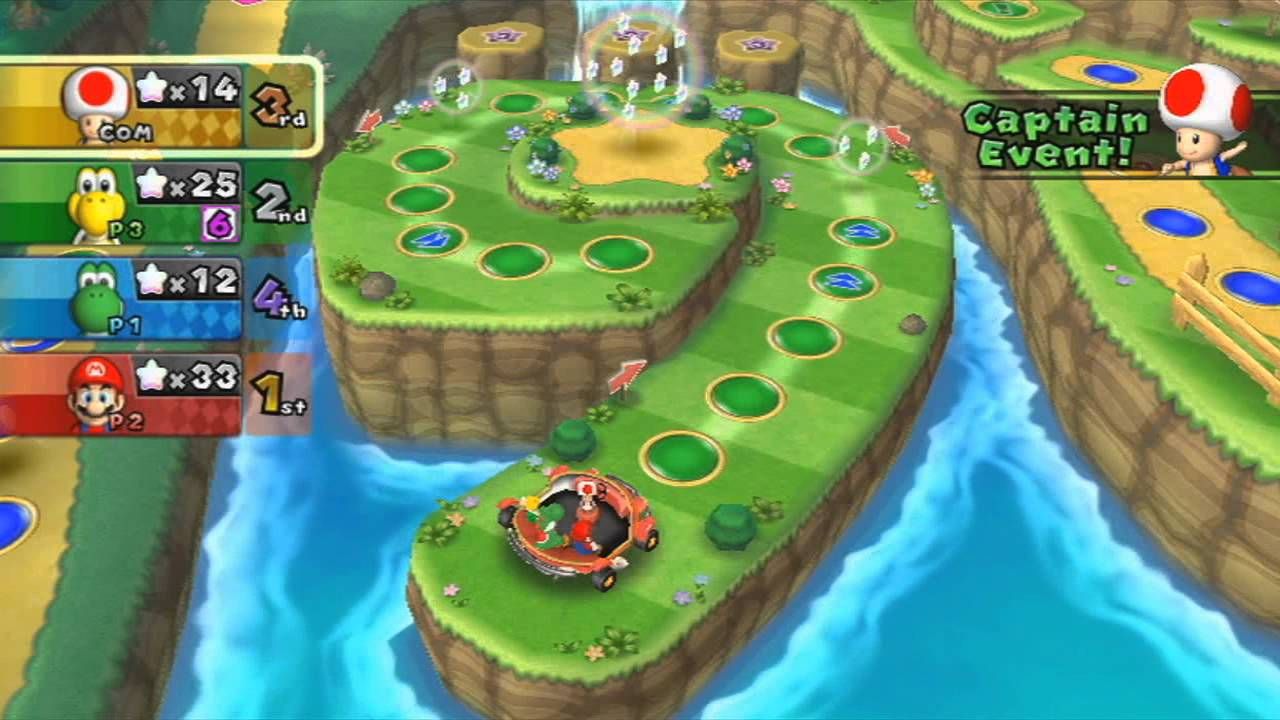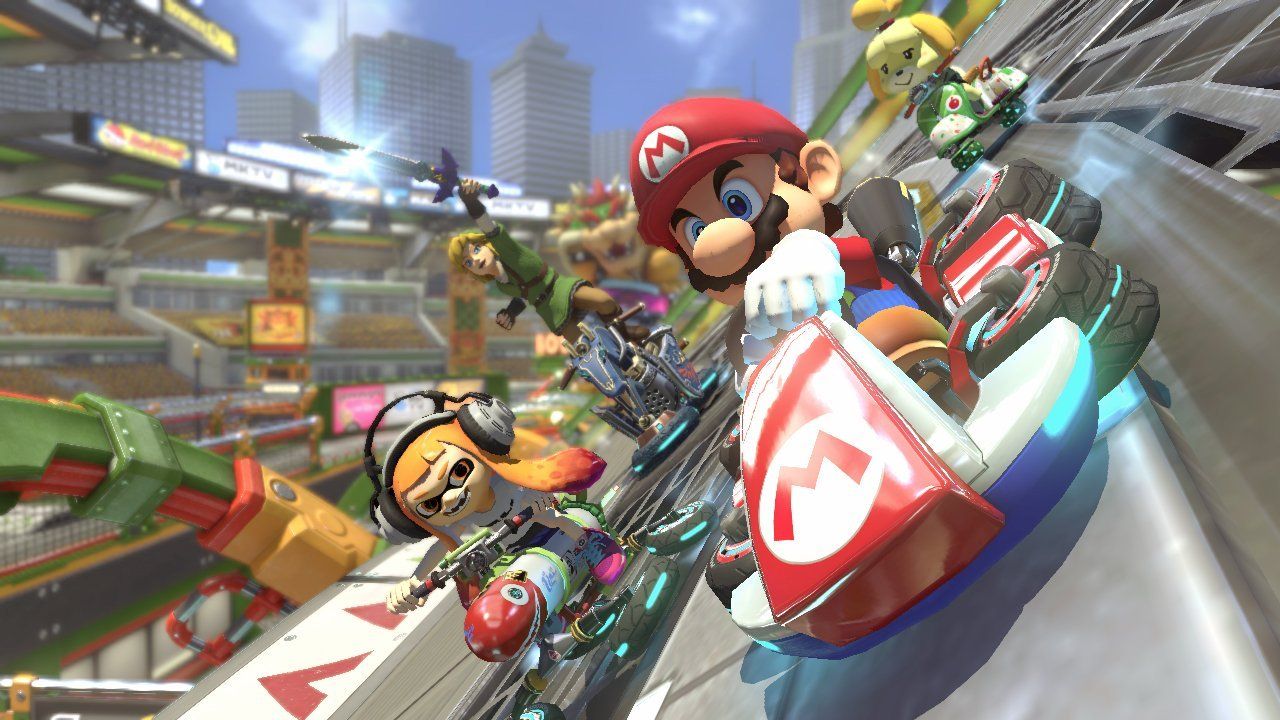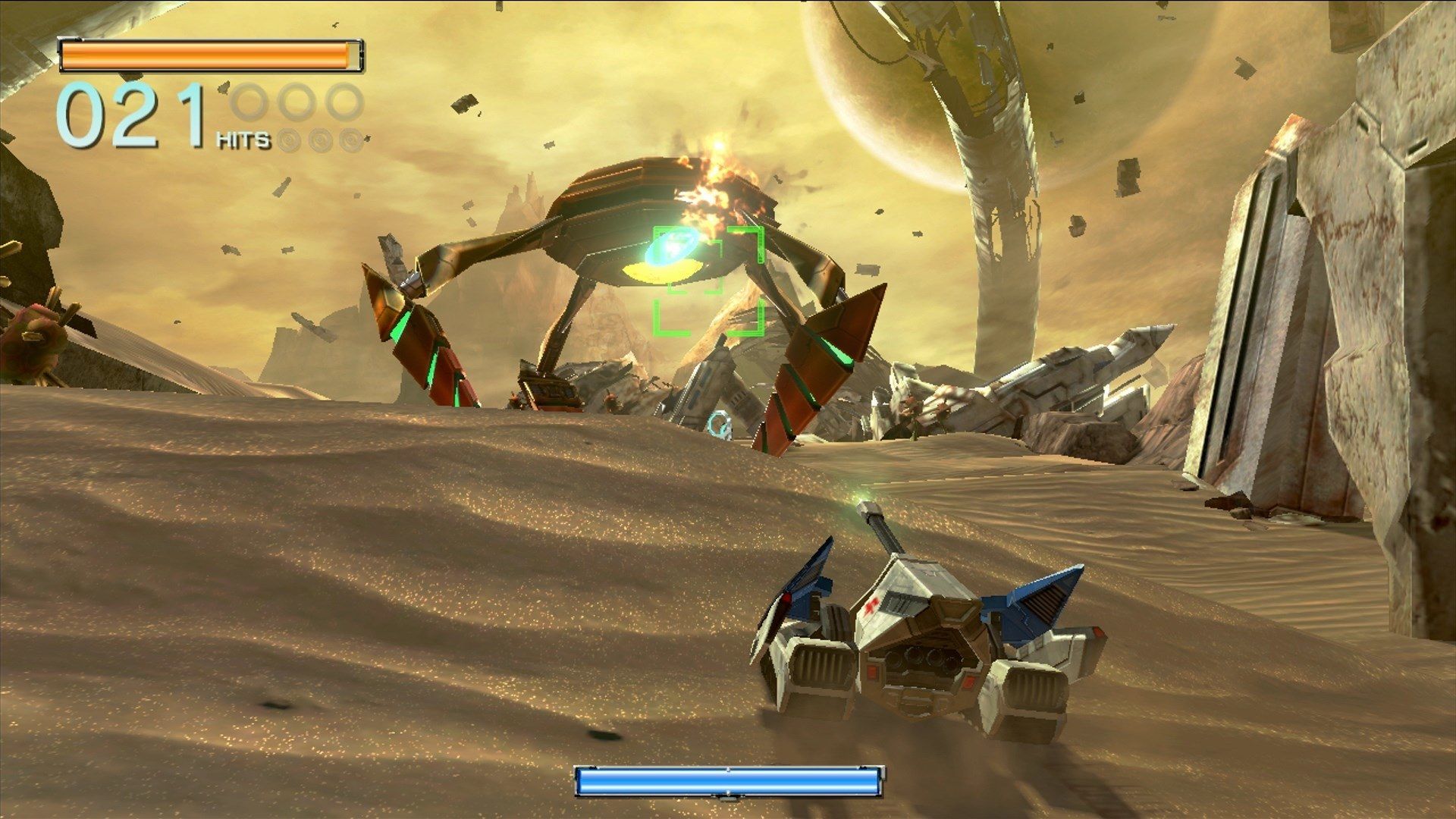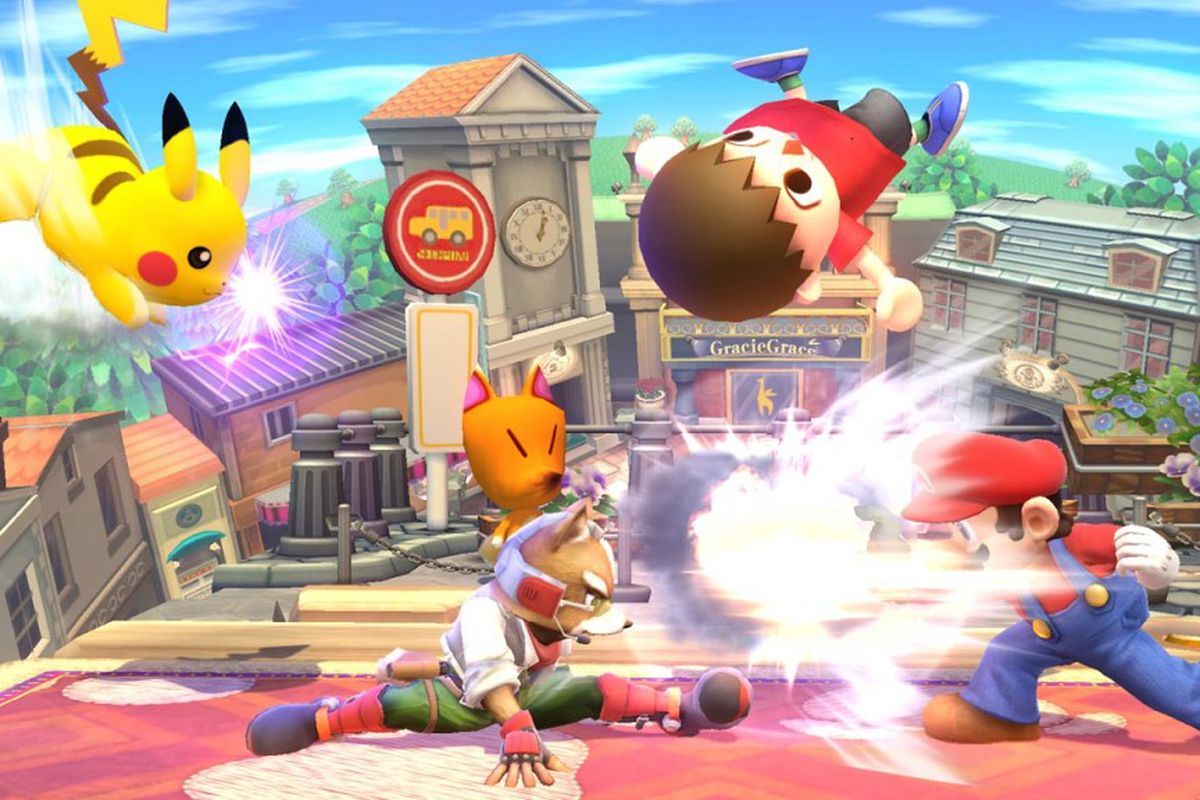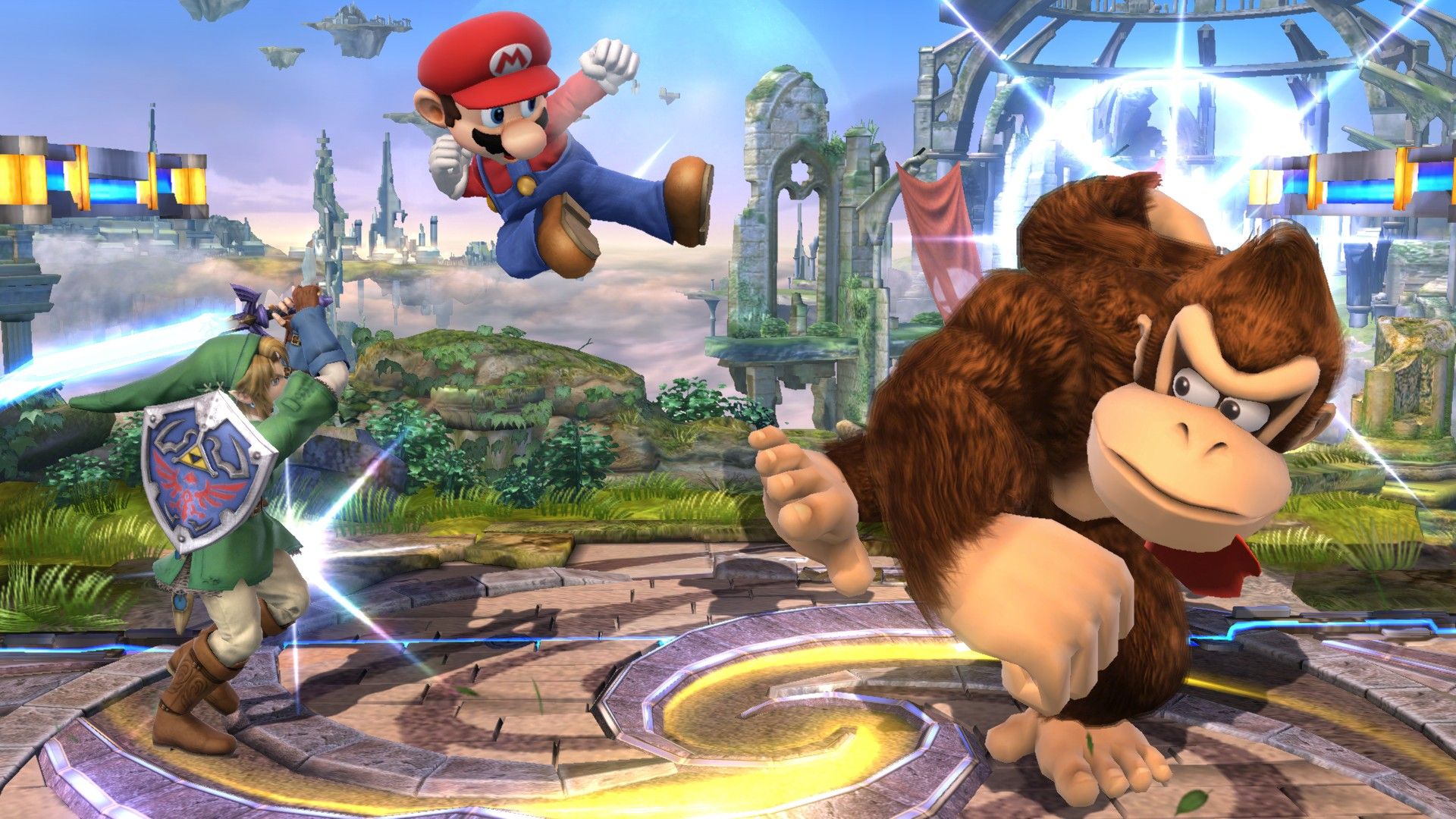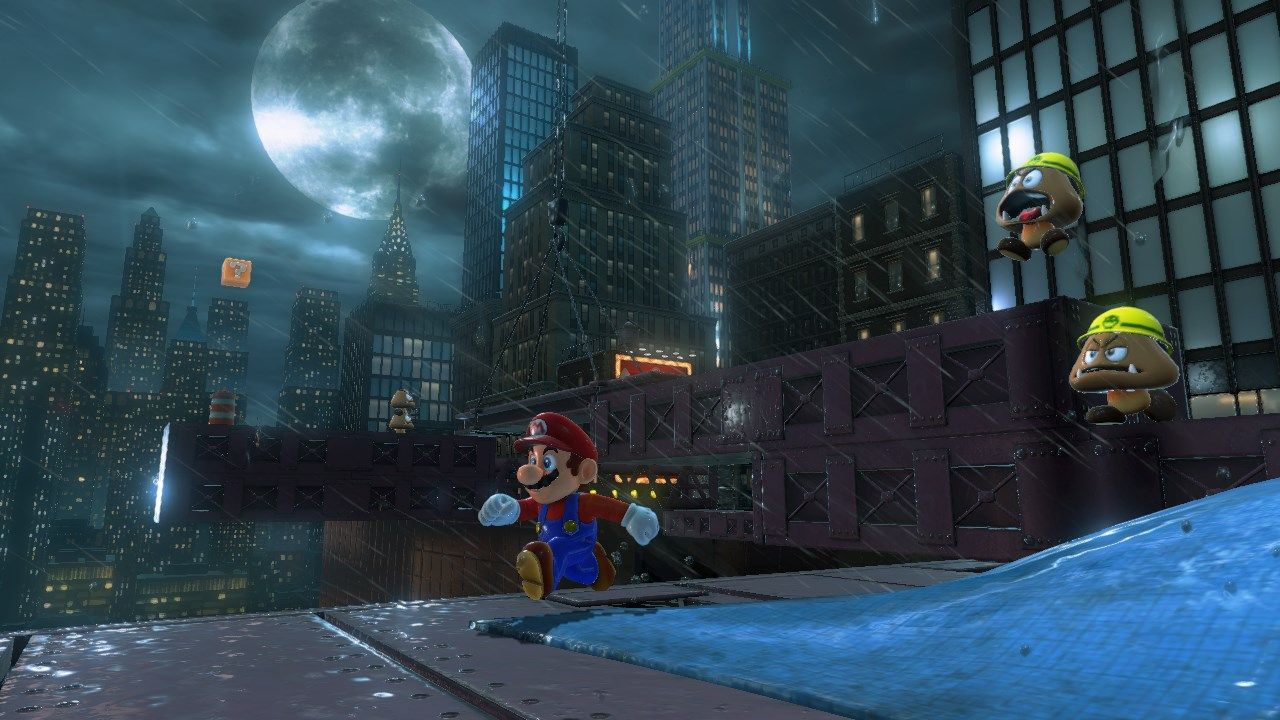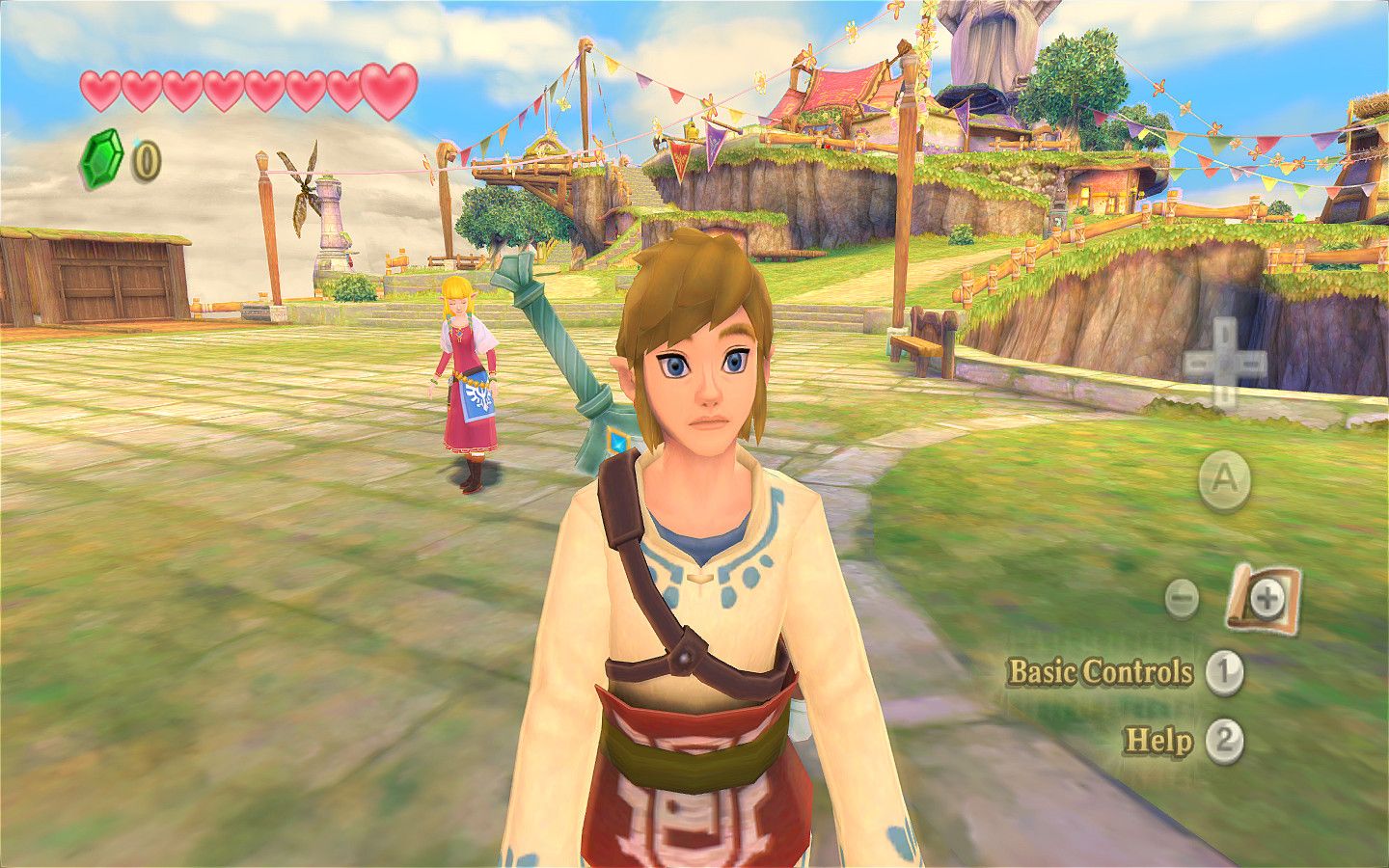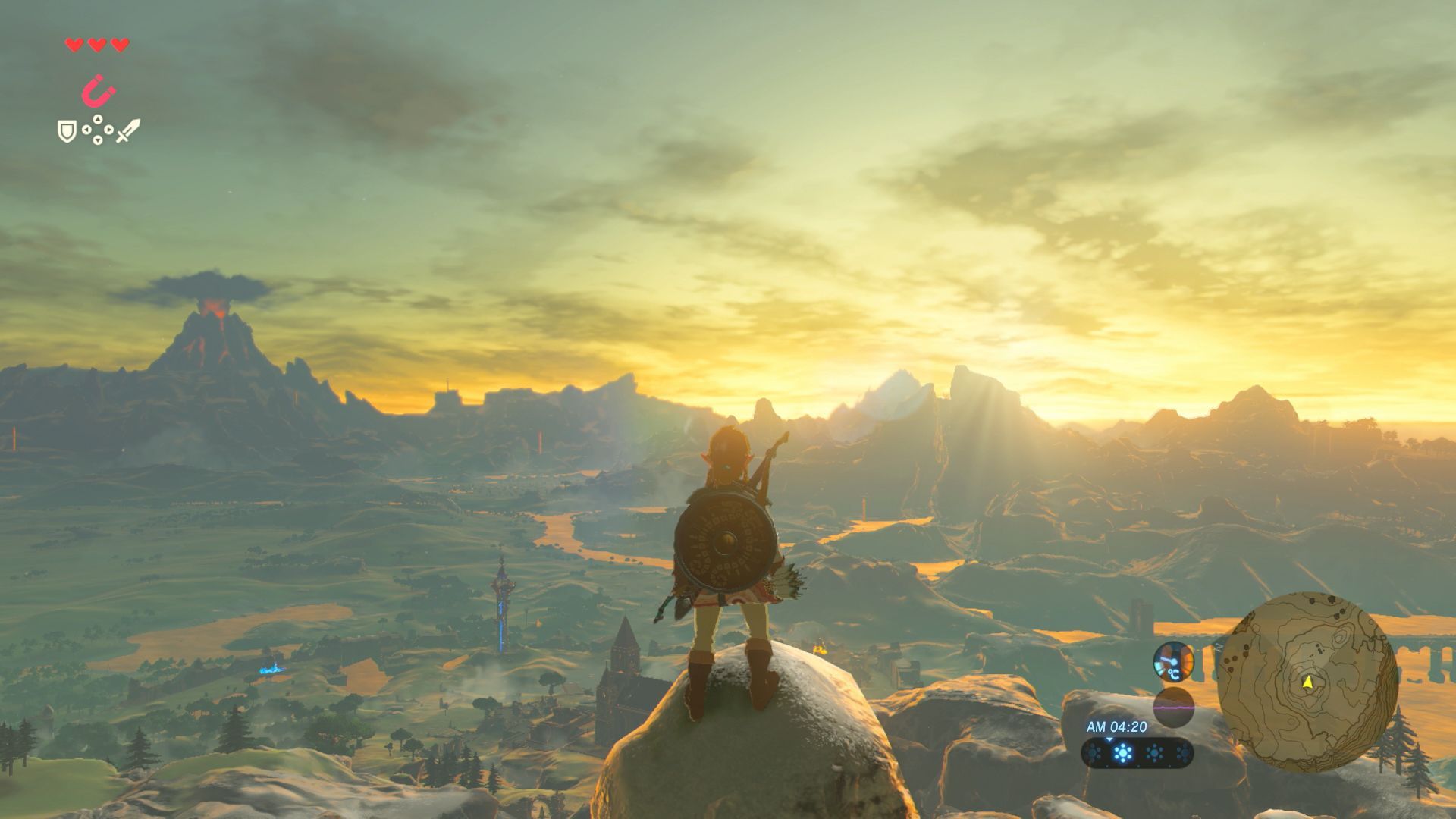When it comes to video game sequels, the quality can be something of a mixed bag. While the track record of the games industry isn't quite at the low level of Hollywood when it comes to sequels, there are many cases where a developer may get either complacently lazy; making for a generic retreading, or tries to do too much with unique concepts resulting in a broken experience. Sometimes the core concepts of a franchise simply don't age well or don't translate as greatly to better graphics or different control schemes. Whatever the reason, sequels can be a gamble. After a while, you run the risk of an experience growing too formulaic, or too different. Just look at the decline of the Guitar Hero, Tony Hawk, and Call of Duty series for examples.
Though, there are also cases of largely the same scenarios happening in reverse; you may have a franchise with a solid core concept, though the developer's desire and/or increased abilities to expand upon it makes for a stronger, more interesting sequel. A franchise may have been stagnating, only for a fresh idea to reinvigorate it. More enriching content could be injected, new ideas click, and mechanics tweaked.
While Nintendo's track record has been pretty solid when it comes to delivering on sequels, they've certainly had their missteps when it comes to handling a franchise, whether by their own hand or by putting a cherished IP in the trusting hands of a 2nd or 3rd party. Though they've also stepped up to the plate in revitalizing or positively revamping a series.
In this list, we will attempt to sort out the Nintendo sequels that trend both upward and downward from their predecessors. We'll cover games that killed hype for a franchise, and those that reinforced it. We'll look at the highs and lows of a series, and examine just what went wrong (or right) with highly-regarded sequels.
30 Worse Than The Original: Castlevania 2: Simon's Quest
This NES sequel has divided the Castlevania fan-base as to whether or not it's a worthy successor to the sidescrolling action hit. Most seem to agree that it's not a bad game in its own right. On the other hand, its cryptic nature (you need to crouch against a random wall to trigger a transport), grueling difficulty, and Zelda 2-style of pseudo-RPG gameplay is off-putting for many. Oh, and then there are the jarring, bothersome interruptions during the day-night transitions, which an unmovable textbox gets in your way, saying, "what a horrible night to have a curse." Most gamers likely thought "what a horrible distraction to interrupt my game with" when reading it.
29 Franchise Savior: Super Mario Bros. 3
Following the tepid success of the unorthodox Super Mario Bros. 2, this 1990 platformer brought the Mario series back to prominence, surpassing not only that game in quality but even the original.
There's a reason this title is still regarded as one of the best games ever, platformer or otherwise.
It rode with the fundamentals of what made the series so appealing and fleshed things out to an unprecedented level, from the more colorful, wondrous worlds, to the satisfying new power-ups. And who could forget those satisfying warp whistles, the game's imaginative version of the warp zone from the original?
28 Worse Than The Original: Wii Music
When the Wii was released back in 2006, its lineup of simplistic and quirky games divided much of the Nintendo fanbase. Some adhered to the more hardcore Smash Bros.' and Zelda's of the world, while many, particularly outside the teenage and young adult male demographic, embraced these more casually appealing "Wii" branded titles.
Yet, Wii Music is one game that most agree may have gone a bit too far in terms of simplicity. Playing more like an incredibly basic, watered down music simulator than a game, the "gameplay" basically boils down to mashing buttons and waving your Wiimote around like a toddler.
27 Franchise Savior: Metroid Prime
It's pretty fascinating how an FPS version of Metroid, which diverts so much from its original formula, can seemingly shine as one of the strongest in the franchise. This is especially surprising as it was a Texas-based company, Retro, who seemingly came out of nowhere to create this memorable adventure shooter, not Nintendo.
Nintendo's rare foray into FPS territory not only met expectations, but it also surpassed them.
While the Prime series still largely captures the essence of what makes the Metroid games so enduring, it takes in first-person, 3D perspective. This style actually compliments Metroid-style gameplay, immersing you into the heart-pounding, eerily desolate adventures of Samus the Bounty Hunter.
26 Worse Than The Original: Metroid: Other M
As much as Retro Studios seemed to get everything right with Metroid, Nintendo and creator Sakamoto, oddly enough, seemed to get most aspects wrong with this Wii shooter, Metroid: Other M.
The game oscillates between a 2D sidescrolling perspective and semi-3D aiming which led to some jarring and convoluted gameplay. It's also riddled with some bland, cheesy cutscenes and characters, along with a stock narrative and lame twist ending that tries a bit too hard to be surprising.
25 Franchise Savior: F-Zero GX
Who would have thought one of Nintendo's formal rivals, Sega, would deliver what some regard as the best entry in one of Nintendo's flagship series, F-zero. While the original for SNES was a classic, its crude graphics haven't aged all that great, and the N64 iteration featured an ugly and slow-paced aesthetic.
Falcon, punch it!
This game brought with it some of the slickest graphics that had been seen on a Nintendo console at the time, and speedy gameplay that was simply thrilling, especially running at a smooth 60 frames per second. The number of unlockables were impressive, and its grueling difficulty kept you on the edge of your seat. Fans anticipate a long overdue sequel, and it's partly thanks to this gem.
24 Worse Than The Original: Super Mario Bros. 2 (Western Version)
There's a reason this game features such foreign looking environments and odd un-Mario-like mechanics; this Western version of Super Mario Bros. 2 is actually a re-branded version of the obscure Japanese game, Doki Doki Panic. And although this title is actually quite good in its own right, as a Mario game, it just felt... off. It was a dip in quality and excitement compared to Super Mario Bros.
The Japanese version of Super Mario Bros 2 was deemed too difficult and too similar to the original, but was released in the US as "The Lost Levels."
The weird gimmick of having to pull everything out of the ground got rather tedious, and the underground digging portions were a bit excessive. Playing as different characters was neat, though their different physics made things somewhat jarring. The ending is also pretty disappointing and anti-climactic.
23 Franchise Savior: Donkey Kong Country 2
Much like Retro Studios taking the reins with the Metroid franchise and doing the series proud, another Western developer by the name of Rareware largely did the same for Donkey Kong, and really with Nintendo sidescrollers in general.
This game is truly bananas!
While Donkey Kong Country was more about showing off the glitz of the semi-3D aesthetic and stressed simplicity for its charm, this sequel builds on the first, revving up the complexity and fleshing out the gameplay. With some unique environments like the theme park-themed Krazy Kremland, heart-pounding gameplay, and a wealth of collectibles, this game was truly Mario to the max.
22 Worse Than The Original: Zelda CD-i Games
The partnership of Nintendo and Philips was supposed to be filled with promise, driven by the exciting potential of the CD format's ability to enhance gaming. Talk about a disappointment — especially since the original partnership was supposed to include Sony, not Philips...
Ocarina of Time, this is not...
Nowhere is the disappointment of this collaborative effort, the CD-i, more personified than the trio of awful Zelda games, namely The Wand of Gamelon. These were more "interactive movies" wrought with glitches, cumbersome point-and-click gameplay, and cringe-worthy cartoon cutscenes.
21 Franchise Savior: Pokémon Gold And Silver
This anticipated sequel was like Red/Blue cranked up to 11. It contained a longer, more fleshed out journey, 100 new and largely even cooler Pokémon, greater depth, and exciting new environments of Johto. Not only this, but it introduced the ability to breed Pokémon to obtain new varieties, and even the relatively new concept of an internal game clock to allow for unique events and day to night transitions. Of course, this franchise certainly didn't need saving in the first place, but Gold/Silver ran with the formula Red/Blue did so well and made it bigger and better, strengthening the Pokémon brand.
20 Worse Than The Original: Mario Is Missing
Educational games don't typically come to mind when it comes to enjoyable genres, but that's what this odd Mario spin-off tries — and mostly fails — to sell you. This edutainment title features Luigi, who must embark on a quest through our world to find his missing brother, finding clues in various cities.
Luigi would have to wait several years before he was finally done justice with a decent solo game, in the form of Luigi's Mansion.
Any sense of immersion, or real entertainment value of any kind, is axed here, making way for bland point-and-click mechanics that reminds one of a poor rendition of Carmen Sandiego.
19 Franchise Savior: Super Mario Party
The Mario Party series was truly starting to get played out and ridiculous by the Wii U-era. Nintendo seemed to favor quirky new ideas, drifting away from the essence of what made the series enduring. With this 11th home console installment, the company dialed back the complexities and quirks and embraced the simplistic, charming qualities that people loved.
Just when you thought this party was getting stale, Nintendo has revitalized it.
Gone were the gimmicks of voice-controlled mini-games and board games that forced players into one vehicle. Instead, we're given a whopping 80 enjoyable new mini-games, player-specific dice, a return to old-school board games, new co-op modes, and a long overdue online mode.
18 Worse Than The Original: Mario Party 9
While Super Mario Party felt like a fresh start for series, this Wii title reinforced the stereotypes of this fledgling franchises that managed to feel both formulaic and odd with its gimmicks. The new board game quirks of "mini-stars" and players piling into a singular vehicle simplified things but in the wrong directions. It just made the board games even less exciting than they already were.
The 5-year gap in-between Mario Party 8 and 9 still wasn't enough to drudge up excitement for this formulaic sequel.
The mini-games were also mostly weak as a whole, ranging from overly simplistic to convoluted. Also, despite the Wii's support for online gaming, it was disappointingly missing here.
17 Franchise Savior: Mario Kart 8: Deluxe
This game was a sort of culmination of the Mario Kart Series, taking the strong online component that made Mario Kart DS and 7 so enduring and brought it to the home console. The result was the prettiest, most epic entry in the series, that provided a nice mix of nostalgic flavor and modern sensibilities. The lineup and course selection were as filled out here as they've ever been, and the handheld functionality for the Switch is perfect for the pick-up-and-play nature of this racer. It was certainly a step up from the simplistic Mario Kart Wii, and the gimmick-laden Double Dash.
16 Worse Than The Original: Star Fox Zero
The Star Fox franchise had dipped its toes into the more experimental territory before, with Rare's 3D platformer Star Fox Adventures, but this Wii U shooter really showed that sometimes it's best not to fix what isn't broke.
The game features some counter-intuitive and awkward motion controls and relies on gimmicks — such as controlling cumbersome drone helicopters – more than solid fundamental gameplay. Ironically, it would be Ubisoft's Starlink that helped recapture what Star Fox felt more than this dud of a sequel.
15 Franchise Savior: Super Smash Bros. For Wii U/3DS
The Wii U isn't known for a ton of notable Nintendo titles, but its version of Super Smash Bros. was definitely a rare bright spot. It featured some vastly improved online gameplay from Brawl, slick, HD graphics, and tighter, fast-paced mechanics closer to the gold standard of Smash, Melee. This Wii U version is largely recognized as the peak of the franchise, at least in terms of sheer quantity of features and customization. Though the soon-to-be-released Super Smash Bros. Ultimate on Switch may have something to say about that...
14 Worse Than The Original: Super Smash Bros. Brawl
This is still one of the better party titles on the Wii, which says a great deal for a console that's littered with them. Though when judged against the high standards of the Smash Bros. series as a whole, Brawl doesn't quite hold up.
While it was a Smash hit for the Wii, Brawl stands as the weakest entry in the series in the eyes of most.
The game sports some underwhelming graphics, poor Wiimote controls (which basically forced you to dust off the ol' Gamecube controller), floaty mechanics that slow things down, and spotty online play. You're better off sticking with the nostalgic charm of the original N64 hit, or the mechanically solid Melee.
13 Franchise Savior: Super Mario Odyssey
Our favorite plumber has seen plenty of highs and lows and has engaged in just about every activity, from Baseball to Golf. His games have been diverse in both quality and content. In the realm of 3D platforming, the series had hit some stagnation, with some relatively weak titles like Super Mario Sunshine and Mario 3D World. The Galaxy games were positively received, though drew some criticism from the random mesh of bite-sized planet environments.
But with Odyssey, Nintendo upped the ante in a big way, taking the more open-world Mario 64 formula and expanding upon it. The worlds are majestic, the gameplay is satisfying, and the content is plentiful, resulting in perhaps the best 3D Mario platformer to date.
12 Worse Than The Original: The Legend Of Zelda: Skyward Sword
One of the few positive aspects this Zelda title for Wii has going for it is that it's the only Zelda game to utilize Wii Motion Plus, and uses it decently. Though, when examining the actual gameplay, this sequel is something of a decline from both the N64 entries and its predecessor, Twilight Princess.
One could also arguably put Wind Waker in the category of weaker Zelda entries, but at least that game felt somewhat fresh.
When you get past the hook of soaring through the sky and toying with motion controls, the core gameplay of this is rather bland, slow paced, and formulaic. The puzzle solving, NPC chatter, and overall linearity isn't my cup of tea. Thankfully, Breath of the Wild would rectify many of these weaknesses.
11 Franchise Savior: The Legend Of Zelda: Breath Of The Wild
Just like with Mario, Nintendo decided to expand upon the imaginative worlds of the Zelda universe, evolving it into a more Skyrim-esque open-world where exploration and freedom of the gameplay is encouraged.
This is truly a breathtaking Zelda experience.
NPC dialogue and linearity are dialed back compared to recent Zelda titles, and the game, in a sense, returns to its more action-based, open-world roots that would remind one of the original NES title, just with far slicker graphics. Whereas Skyward Sword bordered on feeling stale, this game recaptures much of the former magic of Link's adventures, and then some.

